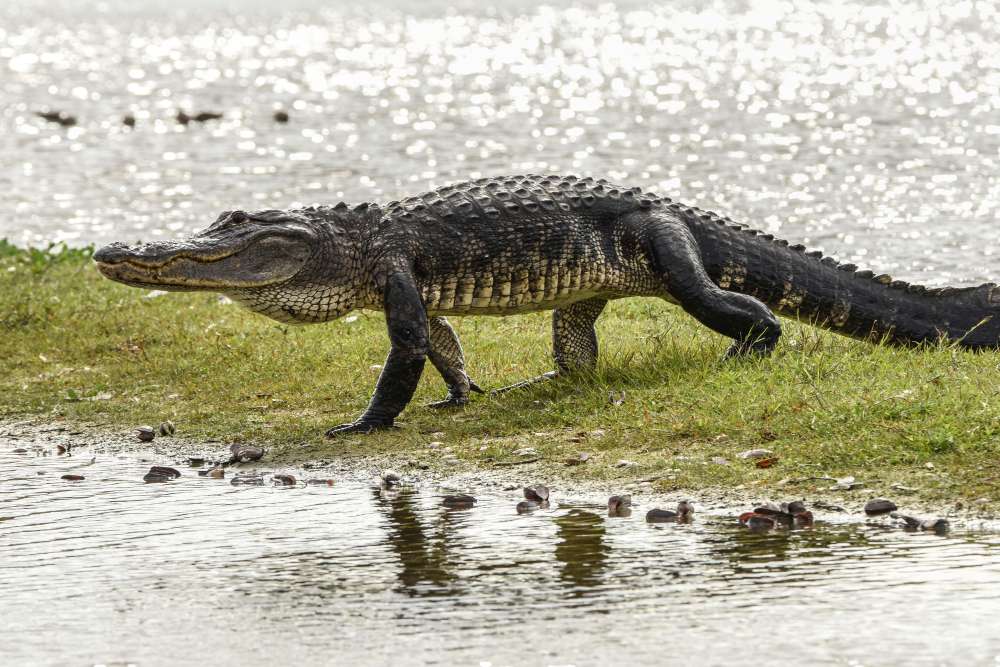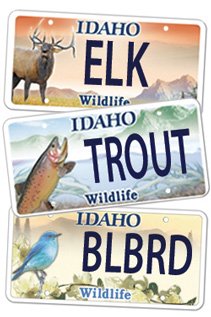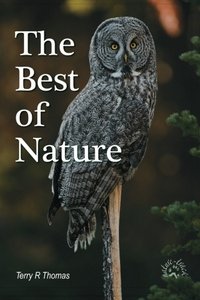Adaptations

The alligator, often referred to as a living fossil, seems to have reached the epitome of its evolutionary climb over a million years ago. That is not the case with other animals.
The alligator lay perfectly still on the edge of the canal in Everglades National Park’s Shark Valley. In front of her, half a dozen foot-long baby gators rested on lily pad leaves. Anyone or anything foolish enough to mess with a baby would get the full attention of a mother with a mouth full of teeth and the disposition of a rabid dog.
The fact that for this species, this dance has been going on for millions of years, just amazed me. I was looking at a species that, since dinosaur times, had reached the pinnacle of its evolution, becoming what scientists call a living fossil. It was perfection in its final form, no further modifications necessary.
Physical adaptation, sometimes called evolution, but meaning changing on a genetic level to satisfy current conditions, is a favorite topic for me. I am ceaselessly astounded by the near endless ways animals and plants have overcome obstacles through physical and behavioral modifications in order to thrive on this planet.
There are, of course the big dividers or strategies such as living on land, water, or both, flying, walking or swimming, ecto vs. endothermic, feathers, fur, scales, or smooth skin, large, small, predator, herbivore, or both. Adaptations to fulfill these huge differences are obvious and cross many phyla.
However, every animal is adapted differently, that is why scientists estimate that there are 3-10 million species on this planet (over 1.5 million have been described, over a million of these are insects. Single-celled organisms are not included in these numbers). Each species is different enough from all others to warrant a specific definition.
The basis of adaptation is to help an animal fill a specific niche and reduce competition with other species. This takes hundreds of forms. For a cormorant, a large fish-eating bird, this means no oil in the feathers which lets it swim underwater much like an otter while looking for food. It uses a wicked hook on the end of its bill to capture fish. A similar bird, the anhinga, also has oilless feathers and swims under water, but it has a straight bill and spears fish. In the jungles of Costa Rica there are monkeys that race through the canopy with agility, aided by a prehensile tail that grips like a hand. On the other end of the spectrum, in that same rainforest, is the two-toed sloth, known for its exceedingly slow pace, helped out by long curved claws on the ends of its slow-moving limbs. It is an animal that can grip and hang from a branch for hours. I find it hard to hang for even a minute (try it sometime. You might be surprised at just how hard it is).
Animals with defensive capabilities are always a fascination. The first that comes to mind is the skunk, of which there are 12 species. The development of a foul-smelling musk and a way to deliver it reduces the number of predators willing to attack it. Their black and white coloration, while serving as a decent camouflage, is also a warning. Turtles have hard shells which protect them, but the musk turtle also has a smelly musk it exudes when attacked. Porcupines have hundreds of sharp quills that dislodge into an attacker’s face. And animals that are poisonous, such as monarch butterfly larva and milkweed beetles, have developed “anti-camouflage”, bright colors that warn would-be predators not to take that first bite.
Darwin’s finches are the classic example of adaptation to avoid competition and to exploit underutilized resources. Coming from a common ancestor, over a million years this group of 14 species endemic to the Galapagos Islands, developed very different bills, from super heavy (“larger than the largest grosbeak” according to Darwin) to a bill not much stronger than that of a warbler. The bills reflected the types of food each species specialized in.
Adaptation is still occurring in most species, and will be essential for animals that hope to maintain a foothold on this planet. As the world changes, animals must change with it or risk extinction, just like the dinosaurs.
I think I could write for the next year on adaptations, the subject is that broad and, at least to me, interesting. I won’t do that, but don’t be surprised if the topic routinely creeps into these columns (like next week). I may not be able to help myself.
Help Idaho Wildlife
When we traveled across the state in October 2017, we visited most of the Idaho Department of Fish and Game wildlife management areas. Most of the vehicles we saw using the wildlife management areas did not have wildlife plates. Buying wildlife plates is a great way for non-hunters and hunters alike to support wildlife-based recreation like birding.
C'mon folks, let's help Idaho's wildlife by proudly buying and displaying a wildlife license plate on each of our vehicles!
See below for information on Idaho plates. Most states have wildlife plates so if you live outside Idaho, check with your state's wildlife department or vehicle licensing division for availability of state wildlife plates where you live.
And tell them that you heard about it from Nature-track.com!

Wildlife License Plates
Great news! as of 2024, there are three NEW designs for license plates. They still are bluebird, cutthroat trout and elk, but they are beautiful.
Idaho Wildlife license plates provide essential funding that benefits the great diversity of native plants and wildlife that are not hunted, fished or trapped—over 10,000 species or 98% of Idaho’s species diversity. Game species that share the same habitats (such as elk, deer, antelope, sage-grouse, salmon, trout) also benefit from these specialty plates.
No state tax dollars are provided for wildlife diversity, conservation education and recreation programs. Neither are any revenues from the sale of hunting or fishing licenses spent on nongame species. Instead, these species depend on direct donations, federal grants, fundraising initiatives—and the Idaho Wildlife license plates.
Both my vehicles have Bluebird Plates. I prefer the bluebird because the nongame program gets 70 percent of the money from bluebird plates, but only 60 percent of the money from elk and trout plates - 10 percent of the money from elk plates supports wildlife disease monitoring and testing programs (to benefit the livestock industry) and 10 percent from cutthroat plates supports non-motorized boat access.
Incidentally, in 2014, the Idaho Legislature denied the Department of Fish and Game the ability to add new plates or even to change the name of the elk and cutthroat plates (very specific) to wildlife and fish plates, a move that would have allowed for changing images occasionally and generating more revenue. It would seem that they believe that we Idahoans don't want a well funded wildlife program.
I think it is time we let the Legislature know that Idahoan support wildlife funding and that we would like to see these generic plates come to fruition.

"WOW. What a phenomenal piece you wrote. You are amazing." Jennifer Jackson
That is embarrassing, but actually a fairly typical response to my nature essays. Since The Best of Nature is created from the very best of 16 years of these nature essays published weekly in the Idaho Falls Post Register (online readership 70,000), it is a fine read. It covers a wide variety of topics including humorous glimpses of nature, philosophy, natural history, and conservation. Readers praise the style, breadth of subject matter and my ability to communicate complex and emotional topics in a relaxed and understandable manner.
Everyone can find something to love in this book. From teenagers to octogenarians, from the coffee shop to the school room, these nature essays are widely read and enjoyed.
Some of the essays here are my personal favorites, others seemed to strike a chord with readers. Most have an important message or lesson that will resonate with you. They are written with a goal to simultaneously entertain and educate about the wonderful workings of nature. Some will make you laugh out loud and others will bring a tear to the eye and warm your heart.
Readers Write:
"You hit a home run with your article on, Big Questions in Nature. It should be required reading for everyone who has lost touch with nature...great job!" Joe Chapman
"We enjoyed your column, Bloom Where Planted. Some of the best writing yet. The Post Register is fortunate to have your weekly columns." Lou Griffin.
To read more and to order a copy, click here or get the Kindle version
Copies are also available at:
Post Register
Island Park Builders Supply (upstairs)
Barnes and Noble in Idaho Falls
Harriman State Park, Island Park
Museum of Idaho
Valley Books, Jackson Wyoming
Avocet Corner Bookstore, Bear River National Wildlife Refuge, Brigham City, Utah
Craters of the Moon National Monument Bookstore, Arco, Idaho